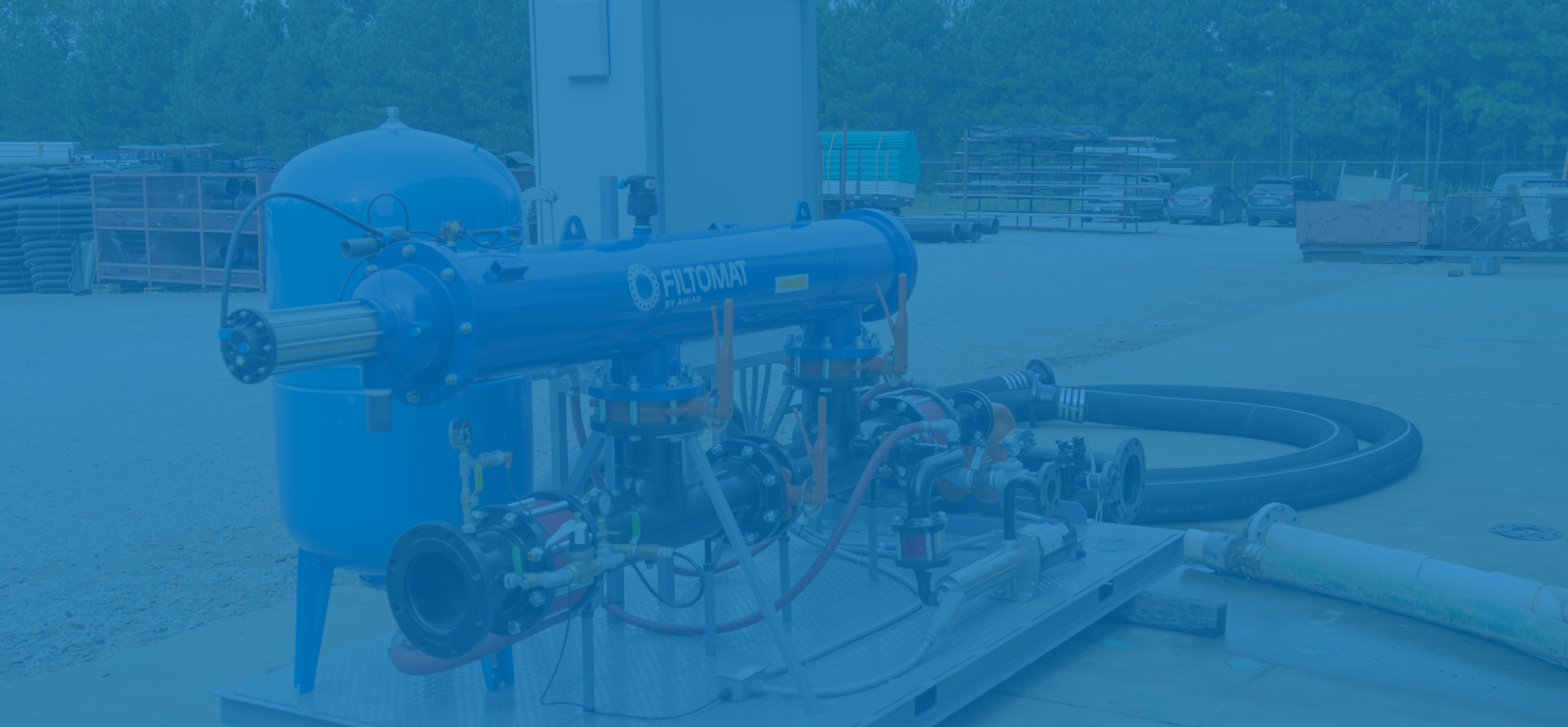Trying to find a gasket for your aluminum pipe, but can’t remember what type you have? Check out our catalog pages on aluminum pipe gaskets and find exactly what you’re looking for.
Technical Info Category: Piping
Glue and Joint Information
Whether you have PVC, CPVC, or ABS piping, make sure you get the right cement and primer for the best joints. The links below will help you select the best cement for your application as well as give you vital information on cure times and applications.
Pipe Information
These guides are for common pipe types and sizes and are for reference only. All dimensions should be checked with the manufacturer and are subject to change.
Pipe Dimension Guides
Friction Loss
Friction loss in piping refers to the amount of pressure that is lost as water moves through the piping. As the pipe diameter decreases or flow increases, the amount of friction loss or pressure drop increases as well. There are two ways to conserve pressure in piping systems. The first way is to decrease the flow rate of the system. If this is not a viable option, you can also increase the diameter of the pipe as a means of conserving pressure.
Below are charts for friction loss (pressure loss) for different types and diameters of pipe at various flow rates. The left side of the column shows various flow rate expressed in gallons per minute. Along the top of the chart are the different pipe sizes. Underneath each pipe size is the velocity of the fluid in motion expressed in feet per second (ft/sec) and pressure loss per 100′ of pipe.
The shaded area of the chart shows where the velocity exceeds 5 feet per second. Avoid using pipe sizes and flow rates that fall within this area as this exceeds the maximum safe flow for piping systems.
If you already know the flow rate of your system, the type of pipe used, and the length, then you can enter that information into the Piping Friction Loss Calculator to automatically calculate the pressure loss.
Friction Loss Charts
Class 160 PVC (SDR-26)
Class 200 PVC (SDR-21)
Schedule 40 PVC
Schedule 80 PVC
Type K Copper
Pipe Friction Loss Calculator
Technical Information
Friction loss in piping refers to the amount of pressure that is lost as water moves through the piping. As the pipe diameter decreases or flow increases, the amount of friction loss or pressure drop increases as well. There are two ways to conserve pressure in piping systems. The first way is to decrease the flow rate of the system. If this is not a viable option, you can also increase the diameter of the pipe as a means of conserving pressure.
Below are charts for friction loss (pressure loss) for different types and diameters of pipe at various flow rates. The left side of the column shows various flow rate expressed in gallons per minute. Along the top of the chart are the different pipe sizes. Underneath each pipe size is the velocity of the fluid in motion expressed in feet per second (ft/sec) and pressure loss per 100′ of pipe.
The shaded area of the chart shows where the velocity exceeds 5 feet per second. Avoid using pipe sizes and flow rates that fall within this area as this exceeds the maximum safe flow for piping systems.
If you already know the flow rate of your system, the type of pipe used, and the length, then you can enter that information into the Piping Friction Loss Calculator to automatically calculate the pressure loss.








